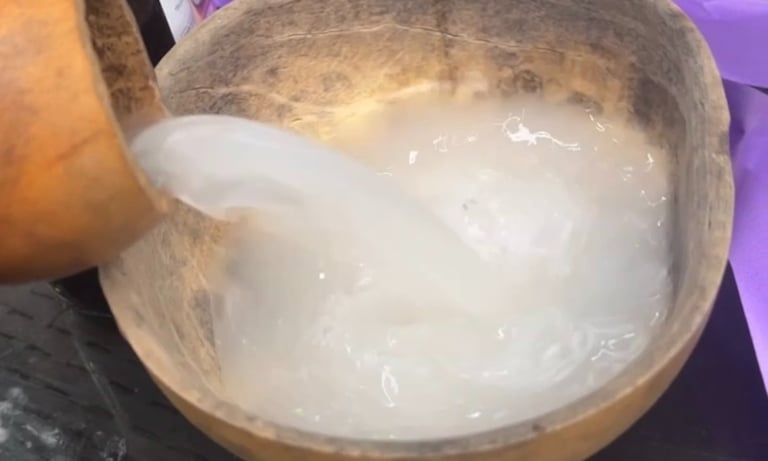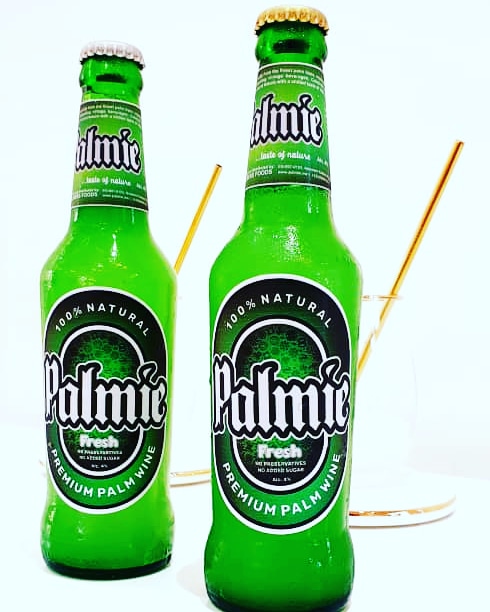What is Palm Wine?
Palm wine is a traditional alcoholic beverage made from the sap of various species of palm trees, including the oil palm, date palm, and coconut palm. It is widely consumed in many tropical regions across Africa, Asia, and South America, where it is known by various local names. In West Africa, including Ghana, palm wine is a popular drink that holds cultural significance and is often used in social, religious, and ceremonial contexts.
Alfred Rogol
8/15/20243 min read
Palm wine is a traditional alcoholic beverage made from the sap of various species of palm trees, including the oil palm, date palm, and coconut palm. It is widely consumed in many tropical regions across Africa, Asia, and South America, where it is known by various local names. In West Africa, including Ghana, palm wine is a popular drink that holds cultural significance and is often used in social, religious, and ceremonial contexts.
How is Palm Wine Made?
The process of making palm wine involves tapping the sap from the palm tree. Here’s an overview of how it’s done:
Tapping the Palm Tree:
The process begins by selecting a mature palm tree. The tree is usually tapped at the crown, where the flower buds are located. A skilled tapper makes an incision into the tree, allowing the sap to flow out.
A container, such as a gourd or a plastic bucket, is placed at the incision site to collect the sap. The sap flows out slowly, often taking several hours to fill the container.
Fermentation:
Freshly tapped sap, often called "sweet palm wine," is initially non-alcoholic and has a sweet, slightly milky taste. However, the sap begins to ferment almost immediately due to the natural yeasts present in the environment.
The fermentation process is relatively quick, and within a few hours, the sap begins to turn alcoholic. If left to ferment for longer periods (usually 24 to 48 hours), the alcohol content increases, and the taste becomes more sour and acidic.
Consumption:
Palm wine is usually consumed fresh, within a day or two of being tapped, to enjoy its best taste and quality. The longer it ferments, the stronger and more alcoholic it becomes.


Does Palm Wine Contain Alcohol?
Yes, palm wine does contain alcohol. The alcohol content can vary depending on how long the sap has been allowed to ferment. Freshly tapped palm wine has a low alcohol content, usually between 2% and 4% alcohol by volume (ABV), similar to some beers. However, if allowed to ferment for longer periods, the alcohol content can rise to around 4% to 6% ABV, or even higher, depending on the fermentation conditions.
Can Palm Wine Make You Drunk?
Yes, drinking palm wine can make you drunk, especially if consumed in large quantities or if the wine has been allowed to ferment for a longer time, leading to a higher alcohol content. Because it is often consumed fresh, the alcohol level might not be very high initially, but it can still cause intoxication.
When Was Palm Wine Invented in Ghana?
The exact date or period when palm wine was first produced in Ghana is not well-documented. However, palm wine has been a part of West African culture for centuries, long before the arrival of European colonizers. The practice of tapping palm trees for sap likely dates back thousands of years, and it has been passed down through generations as a traditional method of producing an alcoholic beverage.
In Ghana, palm wine is deeply embedded in the culture and is associated with various traditional ceremonies, including weddings, funerals, and other community gatherings. Its historical roots are intertwined with the agricultural practices of the region, where palm trees have long been an important resource.


Conclusion
Palm wine is a traditional alcoholic beverage made from the fermented sap of palm trees. It is mildly alcoholic and can become more potent with time, making it capable of causing intoxication. While the exact origins of palm wine in Ghana are unclear, it has been a part of the region’s culture for centuries, playing a significant role in social and ceremonial life.

